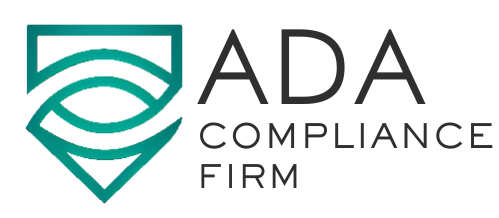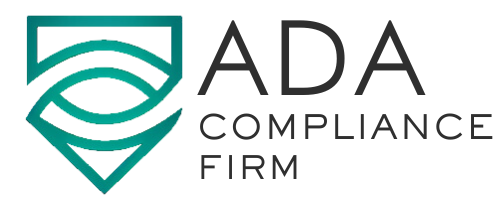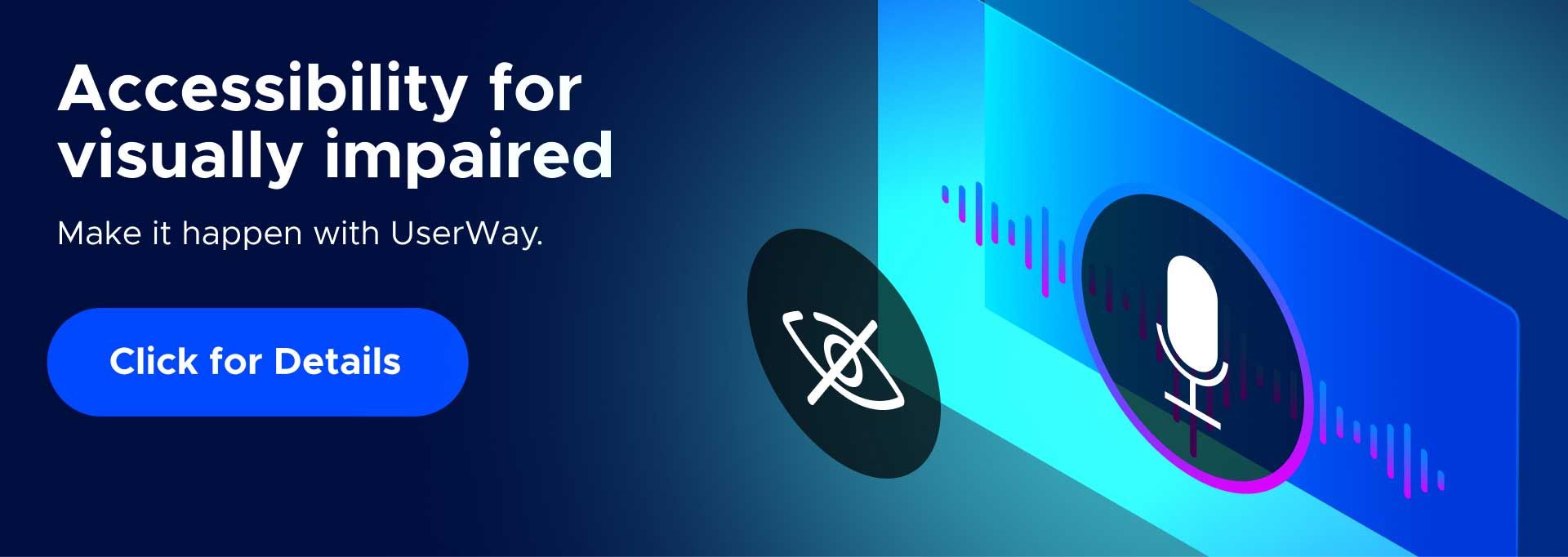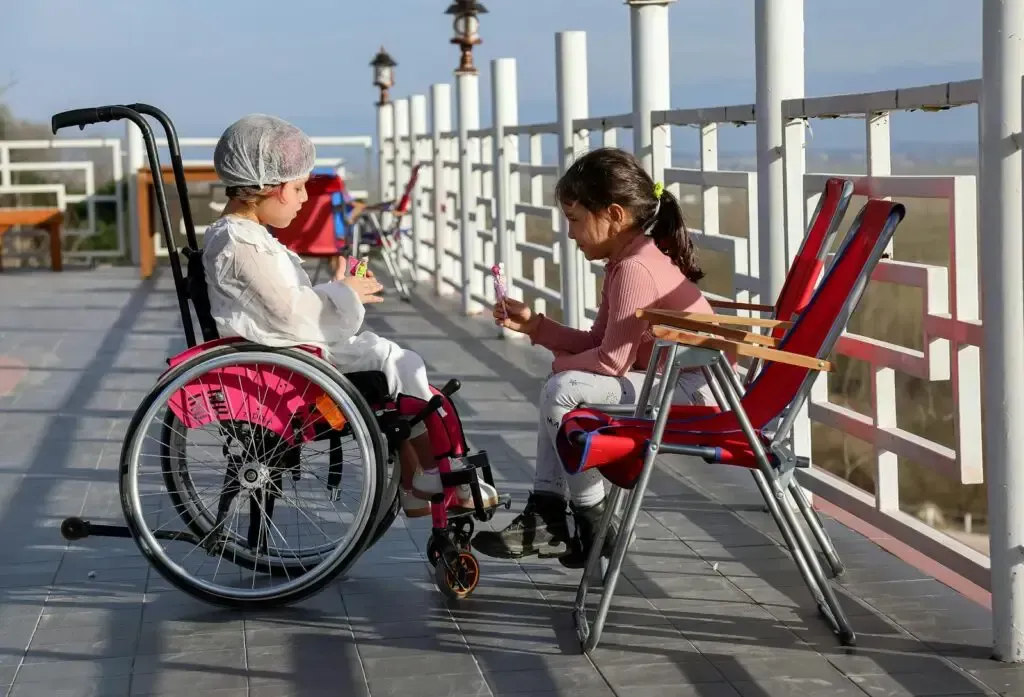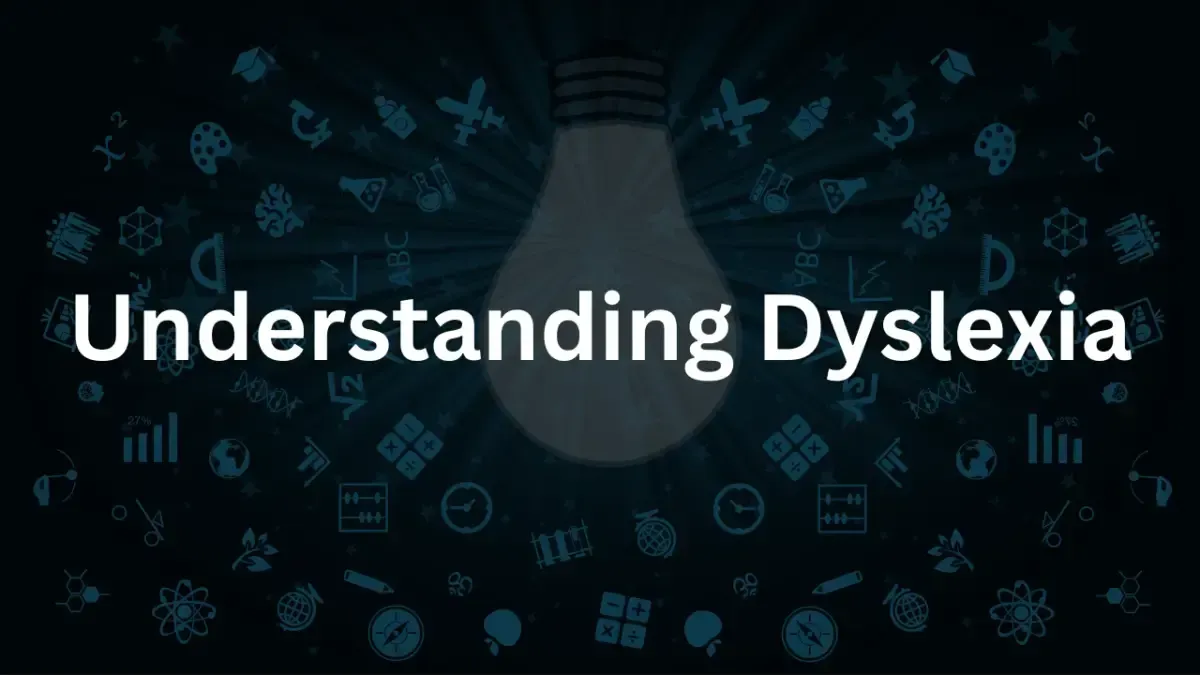Understanding and Managing Pediatric Epilepsy: A Compassionate Guide for Parents and Caregivers

Epilepsy in children is not only a medical diagnosis but a life-altering event that can shake the very foundations of a family. It represents a developmental obstacle, a learning challenge, and often an emotional struggle for the child and everyone around them. As daunting as this condition may seem, understanding and managing pediatric epilepsy is an essential journey for families who find themselves on this unique path.
Epilepsy in Children
- Defining Pediatric Epilepsy: The Impact and Prevalence
- Seizure Types and Manifestations in Children
- Family Dynamics and Coping Strategies
- The Emotional Rollercoaster of Pediatric Epilepsy
- Diagnostic Pathways for Pediatric Epilepsy
- Medical History and Neurological Examination
- The Role of EEG and Imaging Studies
- Video-EEG Monitoring: The Gold Standard
- The Treatment Mosaic: Strategies for Managing Pediatric Epilepsy
- Medication: Antiepileptic Drugs (AEDs)
- Non-Medication Interventions
- Surgical Intervention: When Is It A Viable Option?
- The Spectrum of Additional Therapies
- Complementary and Alternative Medicine: The Contours of Supportive Care
- Daily Life and Seizure Preparedness: A Collaborative Approach
- Creating a Seizure-Safe Environment
- The Role of the Caregiver
- Seizure Response Training for Families
- Strategies for Emotional and Social Support
- Identifying Emotional Needs and Building Resilience
- The School Environment and Educational Planning
- Social Support Networks and Online Communities
- Dietary Interventions: Navigating the Nutritional Terrain
- The Ketogenic Diet: A High-Fat, Low-Carb Approach
- Other Dietary Adjustments and Nutritional Counseling
- A Glimpse at the Future: Research and Innovations in Pediatric Epilepsy
- Advancements in Medication and Drug Development
- Explorations into the Genetics of Epilepsy
- The Promise of Precision Medicine
- The Journey of Hope: Final Thoughts and Resources
- Finding Comfort in Community and Support Groups
- Embracing the Partnership with Healthcare Providers
- The Unwavering Commitment to Your Child’s Well-being
- Frequently Asked Questions (FAQs)
- Can childhood epilepsy go away?
- What are the first signs of epilepsy in a child?
- What is the most common cause of epilepsy in children?
- Can a child live a normal life with epilepsy?
In this comprehensive exploration, we will delve deep into the various facets of pediatric epilepsy. We’ll provide an in-depth understanding of the condition, discuss the available treatment options, and offer strategies for coping, all while emphasizing the critical role of healthcare professionals in managing your child’s epilepsy. Our goal is to empower you with knowledge, guidance, and the support you need to navigate through these challenges with resilience and hope.
Defining Pediatric Epilepsy: The Impact and Prevalence
Epilepsy is a neurological disorder characterized by unpredictable seizures, which can vary in severity and type. It is considered chronic when a person has had two or more seizures and occurs most frequently in children under two, and adults over 65. In the pediatric context, these seizures can have a significant developmental, learning, and social impact.
Seizure Types and Manifestations in Children
Children can experience a range of seizure types, some of which are more common in particular age groups. Generalized seizures, which affect both sides of the brain, can present as tonic-clonic (previously known as grand mal) or absence (previously known as petit mal) seizures, while focal seizures, affecting one part of the brain, can be simple or complex. Status epilepticus is a rare but severe condition in which a seizure lasts longer than 5 minutes or when seizures occur close together and the person doesn’t recover between them.
Family Dynamics and Coping Strategies
When a child is diagnosed with epilepsy, the milieu of coping strategies within the family dynamics becomes more vital than ever. From emotional support to reshaping daily routines, every member of the family has a role in the child’s care. Creating a support network, ensuring open communication, and cultivating a safe environment for the child are cornerstones of coping with pediatric epilepsy.
The Emotional Rollercoaster of Pediatric Epilepsy
For children with epilepsy, emotional well-being is closely tied to their condition. The unpredictability of seizures, their impact on daily life, and the awareness of being different can lead to feelings of stress, anxiety, and even depression. As caregivers, it is essential to prioritize the child’s emotional health alongside their physical care.
Diagnostic Pathways for Pediatric Epilepsy
Early and accurate diagnosis is critical in managing epilepsy, as it paves the way for timely interventions and treatment. Let’s dissect the evaluation process and key tools that healthcare professionals use to diagnose pediatric epilepsy.
Medical History and Neurological Examination
When screening for epilepsy, a thorough medical history is crucial. This can unearth familial epilepsy connections or any significant medical events that may have triggered seizures. A comprehensive neurological examination can further hone in on symptoms and potential risk factors.
The Role of EEG and Imaging Studies
An electroencephalogram (EEG) is a non-invasive test that records electrical activity in the brain. Abnormal patterns on an EEG can suggest the presence of epilepsy. Computed Tomography (CT) and Magnetic Resonance Imaging (MRI) scans can also help locate any structural abnormalities in the brain that may be causing the seizures.
Video-EEG Monitoring: The Gold Standard
Video-EEG monitoring combines traditional EEG with video footage to capture end-to-end seizure events. This method is considered the gold standard for diagnosing epilepsy and monitoring seizure activity.
The Treatment Mosaic: Strategies for Managing Pediatric Epilepsy
The treatment journey for pediatric epilepsy is just as complex and individualized as the condition itself. We will explore the multifaceted approaches that healthcare professionals take to manage epilepsy in children.
Medication: Antiepileptic Drugs (AEDs)
Antiepileptic drugs are the first line of treatment for pediatric epilepsy, with several medications available to control different types of seizures. Understanding the impact, side effects, and interactions of these drugs is crucial for managing a child’s epilepsy.
Non-Medication Interventions
For some children, non-medication interventions offer complementary or alternative avenues for managing epilepsy. These can include Vagus Nerve Stimulation (VNS), dietary therapies like the ketogenic diet, and in select cases, surgery.
Surgical Intervention: When Is It A Viable Option?
Epilepsy surgery may be an option for children with severe, drug-resistant epilepsy. Surgical procedures range from resection of the brain tissue where seizures start to disconnecting the area from the rest of the brain.
The Spectrum of Additional Therapies
Beyond medications and surgeries, a spectrum of therapies is available to enhance the quality of life for children with epilepsy. These include cognitive-behavioral therapy (CBT) to address mental health challenges, educational support for learning difficulties, and social and emotional interventions to foster well-being.
Complementary and Alternative Medicine: The Contours of Supportive Care
A subset of families and healthcare providers turn to complementary and alternative medicine (CAM) to manage pediatric epilepsy. These may include approaches like acupuncture, herbal remedies, or biofeedback. While some families find these methods supportive, it is critical to navigate the world of CAM with caution and consultation.
Daily Life and Seizure Preparedness: A Collaborative Approach
Coping with epilepsy involves day-to-day management and being prepared for the unexpected. We will offer practical strategies for integrating epilepsy management into daily life and address how a collaborative approach between family, healthcare providers, and the child is key.
Creating a Seizure-Safe Environment
Simple modifications at home and in the child’s daily environment can significantly enhance safety. This includes securing sharp objects, installing monitors in the child’s room, and educating those who interact with the child about seizure first aid.
The Role of the Caregiver
Caregivers are at the forefront of managing a child’s epilepsy and are tasked with continuous vigilance and preparedness. It is vital for caregivers to not only understand the child’s condition and treatment but also take care of their well-being to be effective supports for their child.
Seizure Response Training for Families
Seizure response education equips parents and caregivers with the knowledge and confidence to react swiftly and appropriately during a child’s seizure. It also serves to demystify the experience for the child and others in their daily life.
Strategies for Emotional and Social Support
Managing pediatric epilepsy isn’t just about the physical seizures. Emotional and social support for the child and family are as vital as medical interventions. We explore strategies and resources that can support the emotional and social well-being of those affected.
Identifying Emotional Needs and Building Resilience
Open communication and seeking professional help can be instrumental in addressing the emotional needs of children with epilepsy. Fostering resilience helps children cope with the challenges of their condition and thrive in their everyday lives.
The School Environment and Educational Planning
Epilepsy can present unique challenges in a school setting, from learning disruptions to social stigmatization. Collaborating with the school to develop an Individualized Education Plan (IEP) or a 504 Plan ensures that the child’s educational needs are met with understanding and support.
Social Support Networks and Online Communities
Connecting with other families facing similar challenges through support groups and online communities can be invaluable. It provides the opportunity to share experiences, resources, and encouragement.
Dietary Interventions: Navigating the Nutritional Terrain
For some children, dietary modifications can play a significant role in managing epilepsy. We delve into the specifics of the ketogenic diet and other forms of dietary control.
The Ketogenic Diet: A High-Fat, Low-Carb Approach
The ketogenic diet involves high fat, adequate protein, and low carbohydrate consumption and is the most well-known dietary therapy for epilepsy. We discuss its implementation, effects, and considerations for the family.
Other Dietary Adjustments and Nutritional Counseling
Nutritional counseling can help families navigate dietary adjustments and ensure that the child’s nutritional needs are met. Understanding the potential benefits and limitations of various dietary interventions is essential.
A Glimpse at the Future: Research and Innovations in Pediatric Epilepsy
The landscape of pediatric epilepsy treatment is constantly evolving, with ongoing research and innovations. We provide a glimpse of promising areas and what they could mean for the future of children with epilepsy.
Advancements in Medication and Drug Development
Ongoing research is focused on developing new medications for pediatric epilepsy, with a particular emphasis on safety and efficacy in the young population.
Explorations into the Genetics of Epilepsy
Recent advancements in genomics are shedding light on the genetic underpinnings of epilepsy. Understanding the genetic factors at play can lead to more tailored treatments and personalized medicine approaches.
The Promise of Precision Medicine
Precision medicine aims to tailor treatments to the individual characteristics of each patient, and it holds significant promise for the field of pediatric epilepsy.
The Journey of Hope: Final Thoughts and Resources
The journey of managing pediatric epilepsy is one of hope, possibility, and connection. As you navigate this path, it’s crucial to remember that you are not alone. We extend our hand with a list of resources and provide final thoughts to guide you through the ongoing journey.
Finding Comfort in Community and Support Groups
Connection with others who share similar experiences can provide an irreplaceable source of comfort and advice. We list relevant support groups and highlight the value of community.
Embracing the Partnership with Healthcare Providers
Your partnership with healthcare providers is at the heart of managing your child’s epilepsy. Effective communication, trust, and collaboration are essential elements of this relationship.
The Unwavering Commitment to Your Child’s Well-being
Your commitment to your child’s well-being is a powerful force that will guide you through the ups and downs of the epilepsy journey. By staying informed, proactive, and hopeful, you can help your child live a full and meaningful life, despite the challenges epilepsy may bring.
In closing, the journey of pediatric epilepsy is not one to be taken lightly. It is a path marked by complexity, resilience, and the unyielding spirit of children and their families. Each step taken in understanding the condition, embracing the available treatments, and fostering support is a step toward a brighter, more hopeful future for pediatric epilepsy. Remember to always consult a healthcare professional for personalized guidance tailored to your child’s unique needs. With knowledge and a robust support network, you can navigate the course of pediatric epilepsy with strength and determination.
Frequently Asked Questions (FAQs)
Can childhood epilepsy go away?
Childhood epilepsy may, in some instances, resolve as a child grows older. Certain types of childhood epilepsy, such as childhood absence epilepsy, often improve with age, and some children may eventually outgrow the seizures without the need for continued treatment. However, the long-term outlook can vary significantly depending on the individual and the specific epilepsy syndrome they have.
What are the first signs of epilepsy in a child?
The first signs of epilepsy in a child can manifest in various ways, depending on the type of seizures. Common early indications include sudden bouts of blank staring, uncontrolled jerking movements of the arms and legs, loss of consciousness or awareness, and subtle body movements, such as blinking or chewing motions. Behavioral changes, such as lethargy or irritability, can also precede the onset of more observable symptoms.
What is the most common cause of epilepsy in children?
The most common causes of epilepsy in children include genetic factors, structural brain differences, metabolic disorders, infections that affect the brain, and brain trauma. In many cases, however, the cause of epilepsy in a child may remain unknown, which is referred to as idiopathic epilepsy.
Can a child live a normal life with epilepsy?
Yes, many children with epilepsy can lead normal lives. While epilepsy can impose certain challenges, with effective management of the condition—including medication, lifestyle modifications, and supportive therapies—many children can engage in everyday activities. Early diagnosis and treatment, coupled with a strong support system, help in ensuring a better quality of life for children with epilepsy.
Join our newsletter
Recent Blog Posts
